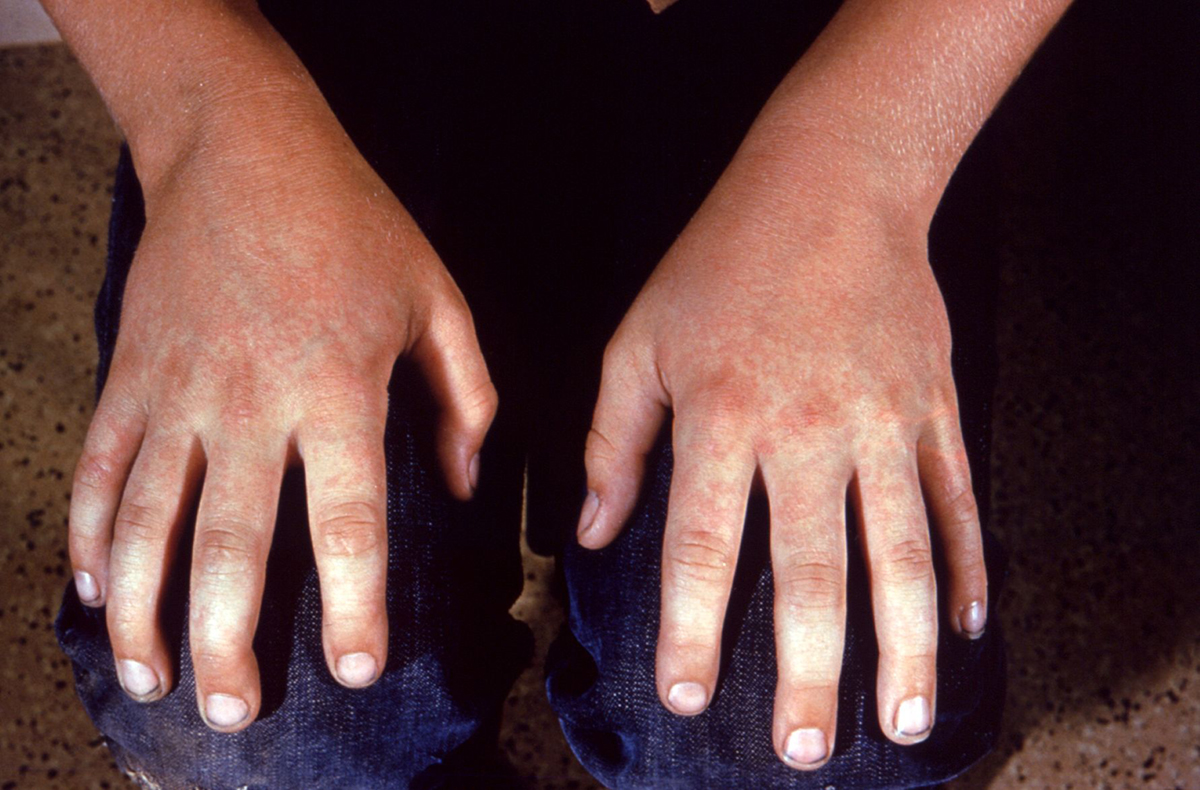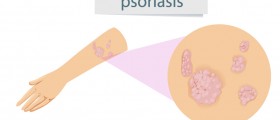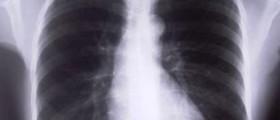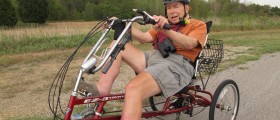
Definition
Joseph disease, or more precisely Machado-Joseph disease, is a severe genetic disease affecting the nervous system blamed for disability which results from paralysis and many additional neurological issues. This disease is transmitted in an autosomal dominant fashion. Affected individuals experience weakness in the upper and lower extremities and a loss of motor control. Each and every patient eventually ends up in a wheelchair.
The defective gene which is passed from parents is blamed for a breakdown and loss of brain cells localized in specific parts of the brain called the striatum, the substantia nigra and also causes destruction of the cells in the cerebellum. The exact mechanism of this damage, however, remains a mystery.
This genetic disorder was firstly documented in the 1970s. The name is associated with Antone Joseph who was a Portuguese sailor, a carrier of the defective gene. So initially, the defective gene was passed among people of Portuguese ancestry. It, however, has been received by people of other ethnic groups and nationalities as well.
Since Machado-Joseph disease is an autosomal dominant genetic disorder, this means that the child has 50% chance of developing the condition if only one parent is a carrier of the defective gene. The disease almost never skips generations and is always passed onto the offspring. Parents who are aware of the presence of the defective gene should consult a geneticist in order to evaluate chances of disease transmission. Even if they chose to have the child, the fetus must be genetically tested during pregnancy.
Symptoms and Signs
The severity of this genetic disorder basically depends on the age of onset. The earlier the condition occurs, the worse the prognosis and outcome are. Still, the disease is not limited to certain age of an individual and may affect young children or first occur once the person enters 70th decade of his/her life. No matter when the disease begins, it is known as progressive and debilitating. Even though individuals with mild form of the disease can live normal lives, in those with severe form the condition shortens the entire lifespan.
As far as early symptoms are concerned, many of them resemble symptoms of other neurological disorders like Multiple sclerosis or Parkinson's disease.
For instance, the person may experience weakness in the arms and/or legs, spasticity (particularly in lower extremities), awkward body movements, problems with walking (staggering, lurching gait etc.), swallowing and speech difficulty and involuntary movements of the eyes.
Diagnosis
In the majority of cases the diagnosis of Machado-Joseph disease is established thanks to neurological symptoms of the disease and by taking the patient's family history. Almost each and every patient will have a family member suffering from the disease, with differences regarding the onset of the condition, symptoms, course and severity.
However, the only way to definitely confirm the person is suffering from Machado-Joseph disease is by genetic testing. Certain legal issues as well as loss of health insurance or employment discrimination may stand in a way of confirming the condition in such a way. As a result many doctors opt not to test people with a positive family history who show no symptoms and sign of the condition.
Every of the aforementioned symptoms and signs may be of great help when diagnosing Machado-Joseph disease. Progressive difficulty in walking and speech are one of the characteristic features of the disease. There is also the gait associated with spasticity and spastic weakness in the throat muscles.
Machado-Joseph disease is classified into three types. They are differentiated by the age of onset as well as symptoms and signs patients develop. Type I of the disease usually begins between the age of 10 and 30. Its progression is rapid and practically all patients end up suffering from severe forms of dystonia and rigidity. In type II Machado-Joseph disease patients start experiencing symptoms between the age of 20 and 50. The progression is moderate and most patients are affected by spasticity, they develop spastic gait and reflex responses become over-exaggerated. Finally, type II of the condition occurs between the age of 40 and 70 and is characterized by rather slow progression. This is actually the best type causing only mild muscle twitching, muscle atrophy and abnormal sensations like numbness, tingling and burning in the upper or lower extremities. Cramps may occur as well. Patients suffering from all three types of Machado-Joseph disease may additionally develop vision problems (e.g. blurred vision, double vision etc.) or have difficulty when trying to move eyes in the desirable direction. Finally, certain number of patients with develop Parkinson's - like symptoms.
Prognosis
Once the disease begins, it is practically unstoppable. It progresses relentlessly with the death occurring between 6 and 29 year after the initial symptoms.
Not all the symptoms will develop at the same time. However, once they occur, they linger and only become worse, being hard to control even with many different combinations of drugs. Aspiration pneumonia is one of the leading causes of death and it develops as a result of weakness of the throat muscles or their spasticity.

















Your thoughts on this
Loading...